A striking silhouette effect can add drama to your images. Giles explains how to create silhouettes
Some photographic techniques can take years to perfect, while others can be mastered in minutes. The beauty of the silhouette picture is that creating one is relatively simple, yet the results can be stunning.
In this quick how-to, I’m going to cover the basics which will set you on the path to making striking pictures of your own, without the need for a complicated camera setup.
What is a silhouette?
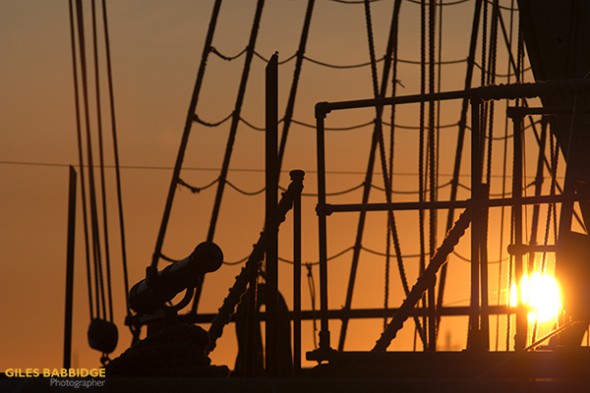
A silhouette is a picture of any subject which has been reduced to a solid shape, devoid of detail. This could be a person, a tree, a pet, a vehicle – the possibilities are limited only by your imagination. Typically, a subject will be rendered as a solid black shape, leaving the viewer to concentrate on its bold, graphic outline against a complementary and often very simple background.
As you might imagine, the technique is particularly effective in removing unwanted details from within a scene. For example, say you are presented with a portrait opportunity where the subject’s clothing is garish. With a silhouette, you can effectively remove this distracting element, producing an altogether tidier and stronger photograph. If you’re photographing a car, perhaps, it could be the case that the bodywork is rather tatty. No problem! Creating a silhouette can mask this and the viewer will be none the wiser.
For added creativity, the extent to which the detail is blocked out can be adjusted so that you create a partial silhouette. This can be achieved either by altering the overall exposure or by throwing some artificial light back into the shot with a flash gun or a reflector.
What you’ll need
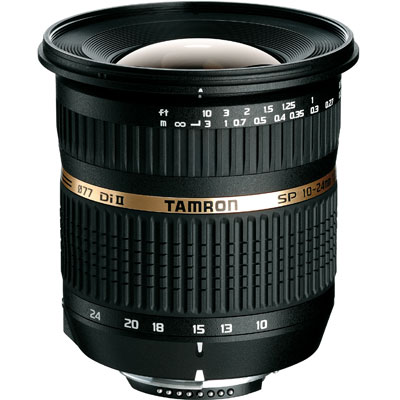
Tamron 10-24mm lens is an ideal focal length for giving a subject prominence in a wide landscape
Much like the method, the equipment required can be simplicity itself. For the sake of this guide, let’s assume you’ll be using a DSLR or similar, as these cameras offer greater fine-tuning of exposures. Just remember that the basics of the technique are transferable across devices.
Any camera/lens combination can be used, though your selection will be dictated by the subject or scene you’re set to capture. To give your subject prominence in a striking landscape, consider going wide or even ultra-wide. A lens that falls within the focal range of 10-35mm is perfect for this. For shots of your subject in isolation, look to the other end of the scale and pick a telephoto such as a 200mm.
A tripod will generally not be required for daytime silhouettes, so long as you stick to the age-old, tried-and-tested hand-holding rule:
The slowest shutter speed to use is the one equivalent to the focal length of the lens in use.
So, say you were set to 50mm, you’d likely use 1/60 sec as this is the closest. At 200mm, you’d use 1/200 sec and so on.
For exposures where light levels are low, such as at dawn or dusk, a tripod will often be necessary. By removing all possibility of camera shake, you’ll give your silhouettes will have the kind of lovely, strong edges that make them ‘pop.’
How it’s done
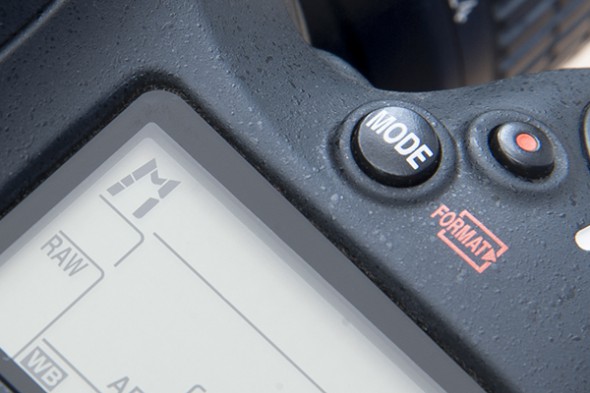
Get your camera into Manual mode for best results
In a nutshell: with the subject in front of a bright background, the camera is fooled into thinking there’s more light in the scene than there actually is, so it delivers less exposure time than is really needed. What you’re doing with a silhouette, therefore, is deliberately underexposing your subject. A by-product of this is that colours get a dose of extra saturation, making them more vibrant.
There are several ways to go about it, but for complete control, set your camera to Manual mode.
Step #1: First, with the camera set to Program or Aperture Priority mode, focus and compose your picture. Take a meter reading from a bright area of the scene, then take an initial shot. If the subject is as you want it (i.e. nice and dark), that’s it! If it is too light, proceed to Step #2…
Step #2: Make a note of the exposure details from your test shot and set the camera to Manual exposure mode. Assuming the indicated aperture is giving you enough depth of field, dial that in first.
Step #3: Select a faster shutter speed value and take another shot. So, for example, you might adjust from 1/125 sec to 1/250 sec and so on.
Step #4: Repeat Step #3, using increasingly shorter shutter speeds, until you reach the desired look.
An alternative method
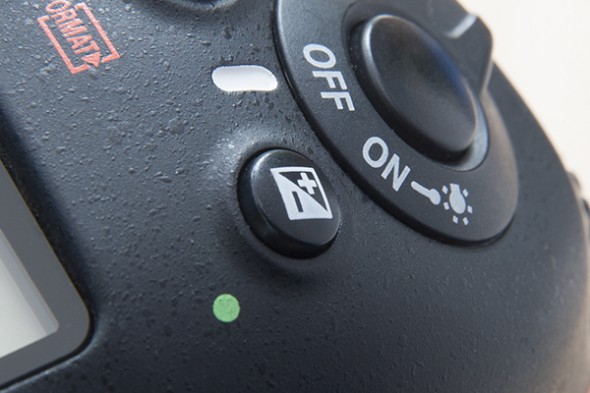
Exposure compensation can also be used
Once you’re confident with taking complete control of your camera in Manual mode, a quick alternative is to use the exposure compensation dial to make adjustments. This is particularly handy when you need to react fast to changing factors such as fading light levels or subjects moving around in the scene. Here’s how it’s done…
Step #1: Set your desired aperture using Aperture Priority mode.
Step #2: Focus and compose your picture, then take an initial shot. Again, if the subject is dark enough, you’re done. If not…
Step #3: Turn the exposure compensation dial to -1 and take another shot (thus underexposing the picture by 1 f-stop).
Step #4: Repeat Step #3, along the range (-2, -3 etc) until you reach the result you want. For greater fine-tuning, experiment with smaller increments, too, such as 1/2 or 1/3 f-stops.
Taking things further
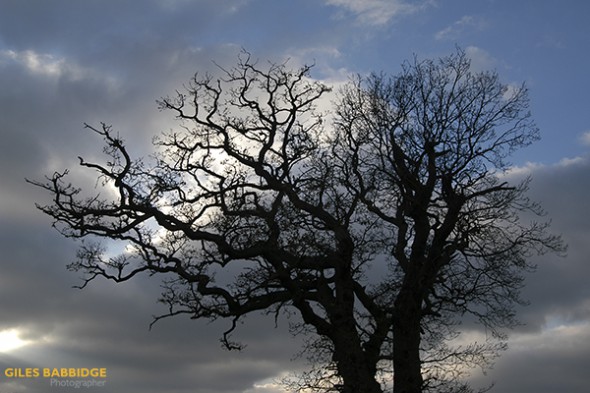
Think about striking graphic shapes when looking for good silhouette compositions
It’s not just the finer months of spring and summer which are great for shooting silhouettes – the autumn and winter offer great scope for dramatic, moody shots, too. With great variations in light and contrast, everything takes on a new look – often giving great opportunities for producing stark results.
Think about how you can exploit the change of seasons and keep an open mind to experimenting with your camera. Often, less is more!
About the Author
Giles Babbidge is a commercial and editorial photographer based in Hampshire. He travels all around the UK and works with a wide range of clients – you can find out more about his day-to-day activities over at his website.

